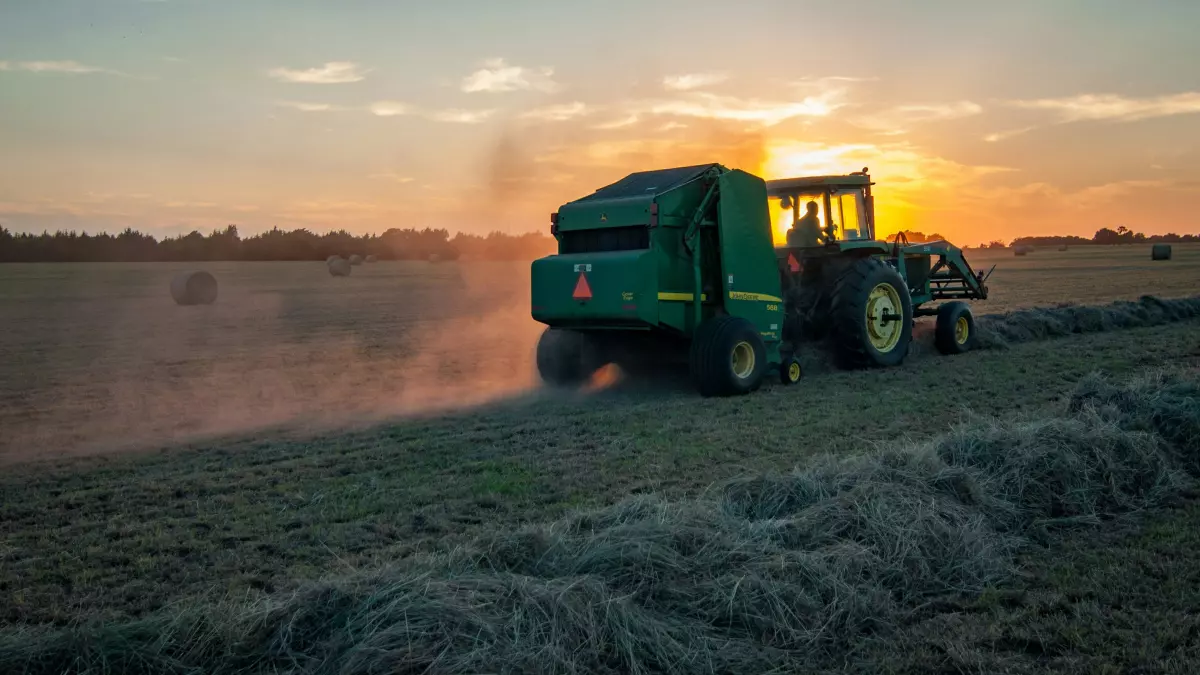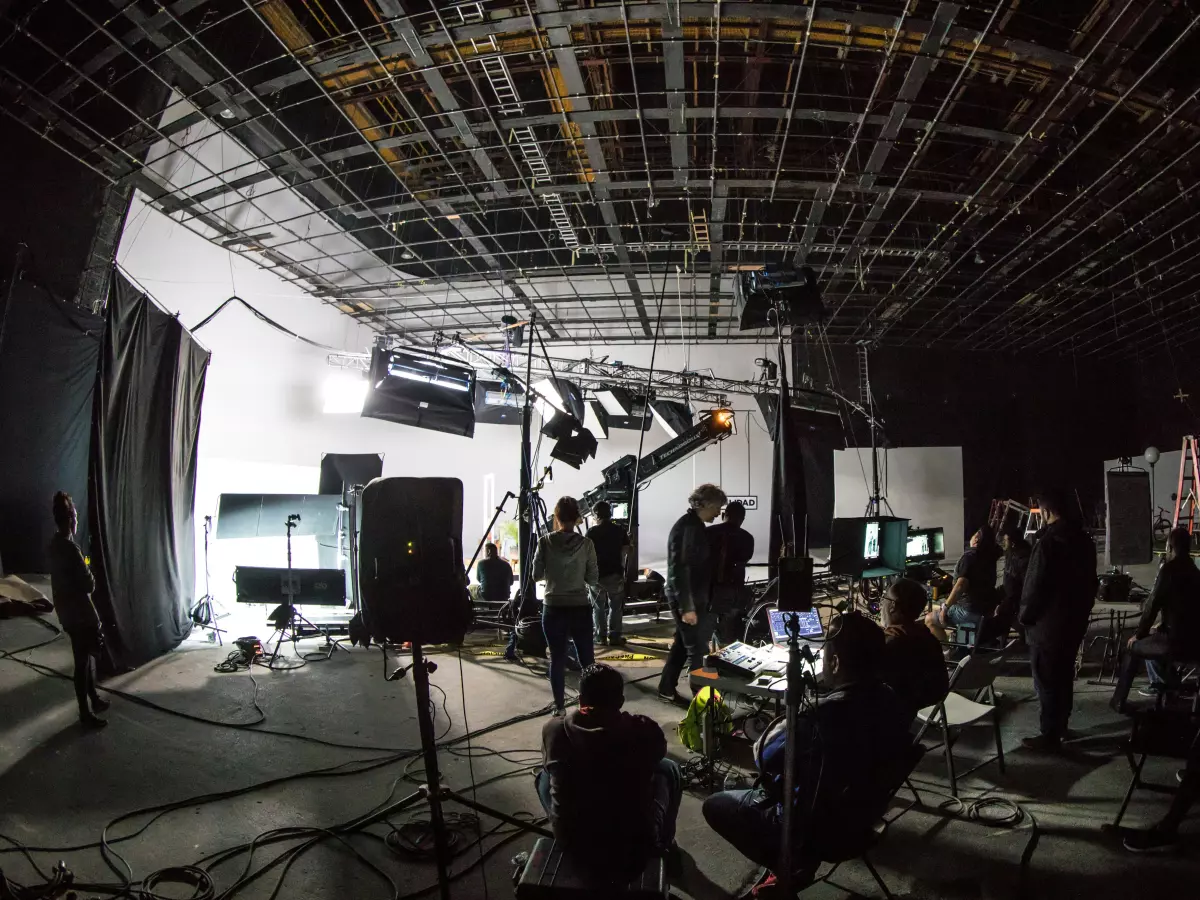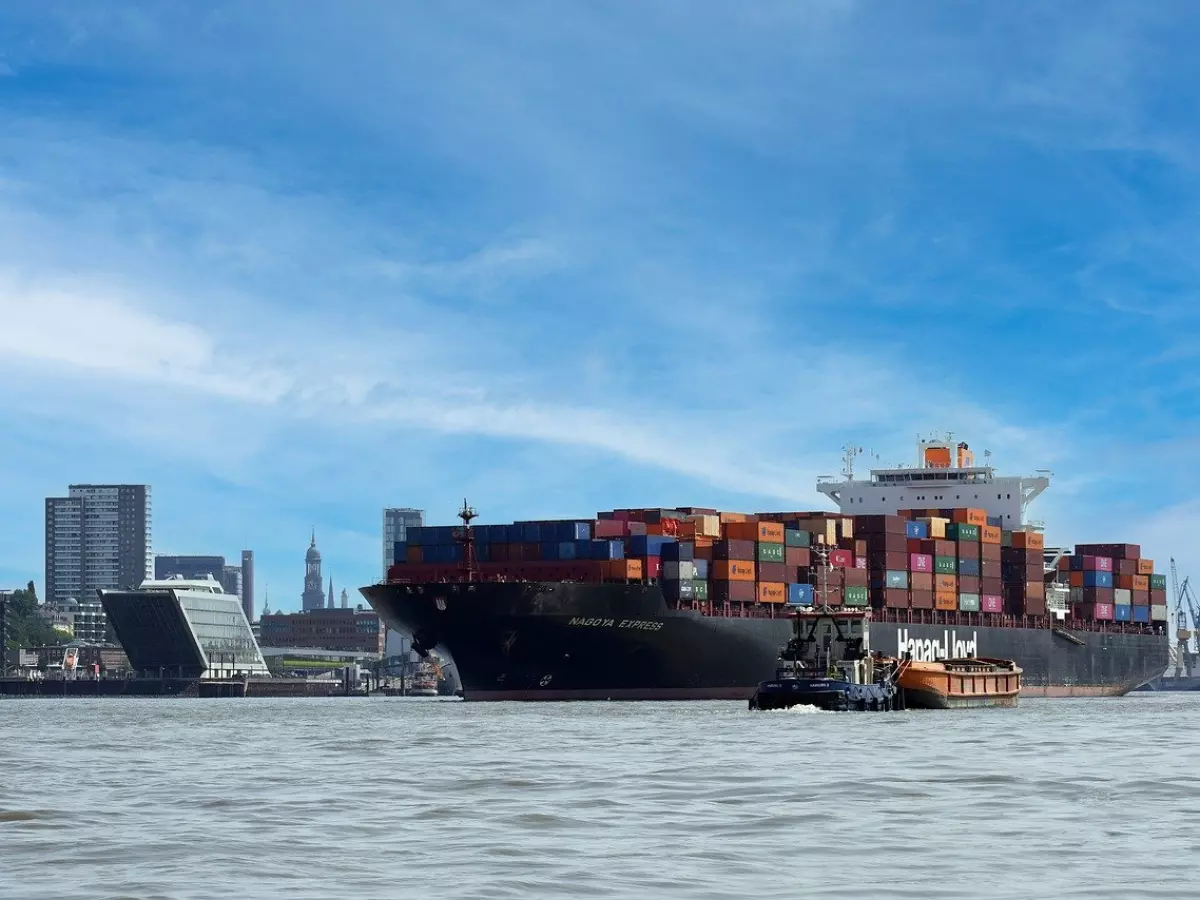AI in Agriculture
Get ready to rethink how your food is grown. AI is quietly transforming agriculture, and the impact is bigger than you might think.

By Mia Johnson
When you think of artificial intelligence, your mind probably jumps to robots, self-driving cars, or maybe even that voice assistant that never quite gets your name right. But what if I told you that AI is also making waves in a place that’s been around for thousands of years—agriculture? Yep, the same fields that have been plowed by hand or horse for centuries are now being optimized by algorithms. And it’s not just about making farming easier; it’s about feeding the world more efficiently, sustainably, and intelligently.
So, how exactly is AI transforming agriculture? Let’s dig in (pun intended).
Smart Farming: The Future of Food Production
First up, let’s talk about smart farming. This is where AI really shines. Imagine a farm where every plant is monitored, every drop of water is accounted for, and every inch of soil is optimized for growth. Sounds like science fiction, right? Well, it’s happening right now.
AI-powered sensors are being used to monitor soil conditions, water levels, and even the health of crops. These sensors collect data in real-time, which is then analyzed by AI algorithms to make decisions about irrigation, fertilization, and pest control. This isn’t just about making life easier for farmers (although that’s a nice bonus); it’s about increasing crop yields while reducing waste. According to a report by the World Economic Forum, AI-driven precision farming could increase global crop production by up to 70% by 2050. That’s a game-changer in a world where food security is becoming an increasingly pressing issue.
AI-Powered Drones: Eyes in the Sky
Let’s take it up a notch—literally. Drones equipped with AI are becoming the new farmhands. These flying robots can survey vast areas of farmland in a fraction of the time it would take a human. But they’re not just taking pretty pictures for Instagram. AI algorithms analyze the drone footage to detect things like crop diseases, pest infestations, and even nutrient deficiencies in the soil.
This kind of early detection is crucial. The sooner a farmer knows there’s a problem, the sooner they can fix it, preventing small issues from becoming big, costly disasters. Plus, drones can cover areas that are difficult or dangerous for humans to access, making them an invaluable tool in modern agriculture.
AI and Robotics: The New Farmhands
Speaking of robots, AI-powered machines are also being used to automate some of the more labor-intensive tasks on the farm. We’re talking about things like planting, weeding, and even harvesting. These robots use machine learning algorithms to navigate fields, identify crops, and perform tasks with precision that would make even the most seasoned farmer jealous.
One of the most impressive examples is the development of autonomous tractors. These AI-driven machines can plow fields, plant seeds, and even apply fertilizers without any human intervention. Not only does this save time and labor, but it also ensures that every task is performed with pinpoint accuracy, reducing waste and increasing efficiency.
AI in Livestock Management
It’s not just crops that are benefiting from AI; livestock management is also getting a high-tech upgrade. AI-powered cameras and sensors are being used to monitor the health and behavior of animals. These systems can detect early signs of illness, track feeding patterns, and even predict when an animal is about to give birth.
This kind of real-time monitoring allows farmers to intervene early, preventing disease outbreaks and ensuring that animals are well-cared for. It’s a win-win situation: healthier animals mean higher-quality products, and farmers can save money by reducing the need for expensive veterinary treatments.
The Challenges of AI in Agriculture
Of course, it’s not all sunshine and rainbows. Like any technology, AI in agriculture comes with its own set of challenges. For one, there’s the issue of cost. While AI-powered tools can save money in the long run, the initial investment can be steep, especially for small-scale farmers. There’s also the question of data privacy. With so much data being collected on farms, who owns that information, and how is it being used?
Then there’s the human element. While AI can automate many tasks, it can’t replace the knowledge and experience of a seasoned farmer. There’s a risk that we could become too reliant on technology, losing the hands-on skills that have been passed down through generations.
The Future of AI in Agriculture
Despite these challenges, the future of AI in agriculture looks incredibly promising. As the technology becomes more affordable and accessible, we’re likely to see even more farms adopting AI-powered tools. And with the global population expected to reach 9.7 billion by 2050, we’re going to need all the help we can get to feed the world.
So, the next time you sit down to enjoy a meal, take a moment to think about the technology that helped bring that food to your table. From smart sensors to AI-powered drones, the future of farming is here—and it’s smarter than ever.





